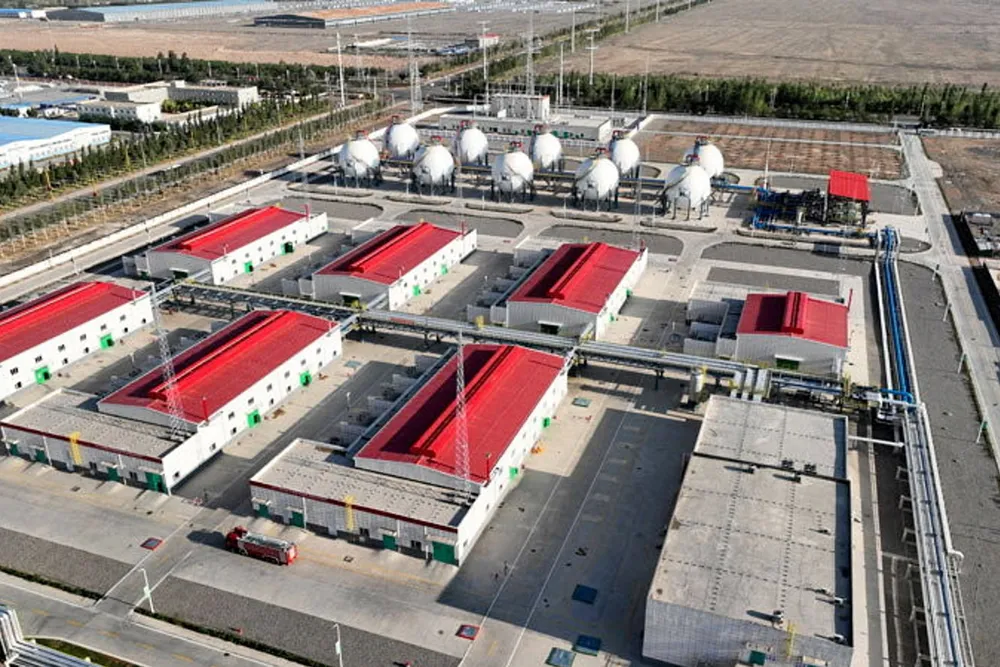EXCLUSIVE | World's largest green hydrogen project 'has major problems due to its Chinese electrolysers': BNEF
All the electrolysers at Sinopec’s 260MW Kuqa facility in China — made by three prominent manufacturers — have safety issues related to renewable-energy fluctuations, says analyst
